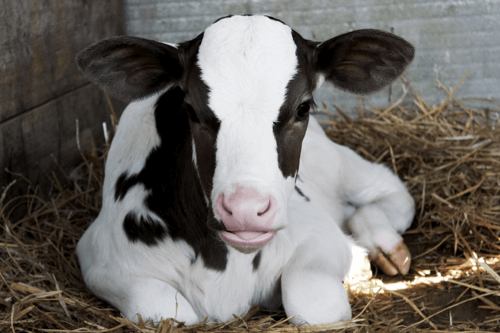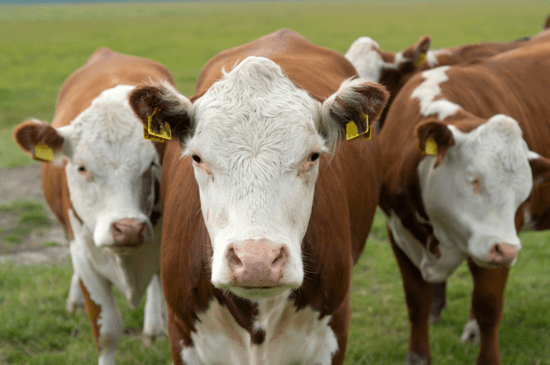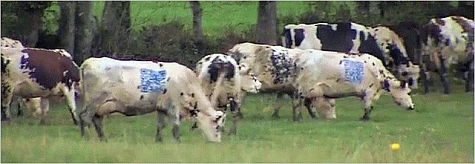Farm Cows in Winter: How to Take Care of Your Farm Cows
Discover expert tips and tricks on ensuring the well-being of your farm cows during the chilly winter months. Learn about shelter, nutrition, and other essential aspects to keep your bovine buddies happy and healthy! Winter can be a tough time for everyone, including our beloved farm cows. These gentle giants provide us with milk, meat, and companionship year-round, and it's our responsibility to make sure they stay warm, well-fed, and content during the frosty season. So, "How to take care of Farm Cows in the winter?" you ask? Fear not, because we've got you covered! In this comprehensive guide, we'll delve into the nitty-gritty details of ensuring the comfort and health of your cows when the snow starts falling. From shelter to nutrition, we've got all the answers! The Importance of Proper Winter Care Before we dive into the specifics of cow care during winter, let's understand why it's crucial. Just like us, cows can be affected by the cold weather, and neglecting their needs during this season can have serious consequences: Reduced Milk Production: Cows may produce less milk if they're uncomfortable or stressed due to extreme cold. Weight Loss: Cold weather requires cows to burn more energy to stay warm, potentially leading to weight loss. Frostbite and Illness: Cows are susceptible to frostbite, respiratory issues, and other health problems if not properly cared for. Now that we're clear on the why, let's get into the how! Providing Adequate Shelter A Cozy Barn One of the first steps in ensuring your cows' well-being during winter is to provide them with a warm and cozy barn. Here's how to make their shelter top-notch: Insulation is Key: Make sure your barn is well-insulated to keep the cold out. Proper insulation helps maintain a comfortable temperature inside. Ventilation Matters: While insulation is crucial, don't forget about ventilation. Proper airflow prevents moisture buildup, which can lead to respiratory issues. Dry Bedding: Ensure the cows have a clean, dry bedding area. Straw or hay works wonders for insulation and comfort. Space Consideration: Make sure there's enough space for each cow to lie down comfortably without crowding. Windbreaks and Shades In addition to the barn, consider installing windbreaks and shades in the outdoor areas. These protect your cows from biting winds and provide some respite from the winter sun. Keeping Them Well-Fed Adjusting the Diet Cow nutrition is essential year-round, but during winter, their dietary needs change. Here's what you should keep in mind: Increase Calories: Cows need more calories to [...]







